
If you’re yearning for a peaceful escape nestled in the heart of nature, Northeast Arkansas offers some of the most secluded towns where tranquility reigns supreme.
I love how each of these hidden gems provides a unique blend of rustic charm, natural beauty, and a slower pace of life that’s hard to find elsewhere. From riverside hamlets to forested hideaways, these towns invite you to step away from the hustle and bustle and immerse yourself in serene surroundings.
Whether you’re seeking a quiet vacation spot or considering a move to a place where community and nature come together, these 25 towns are sure to captivate your heart. Join me as I countdown the most secluded towns in Northeast Arkansas that promise peace, simplicity, and a deep connection with the great outdoors.
25. O’Kean: Sleepy Crossroads on the Delta Plains
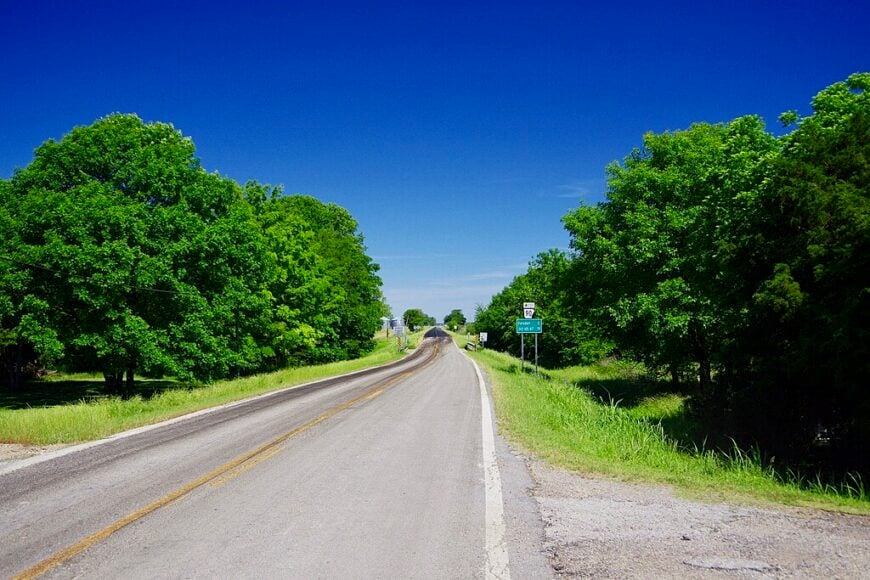
O’Kean is a whisper of a town with fewer than 200 residents, resting quietly on the flat Delta plains of Northeast Arkansas. With its wide-open skies and little more than a handful of houses and a post office, it feels like time rolls a little slower here.
Its seclusion stems from its distance from major roads and its location amid miles of farmland—no traffic lights, no big-box stores, just fields and sky. The town has a peaceful, almost forgotten stillness, perfect for those looking to disappear into simplicity.
Visitors can enjoy birdwatching along the drainage ditches, photograph aging barns, or strike up a front porch conversation with a longtime local. Farming remains the lifeblood of O’Kean, as it has been for generations.
Where is O’Kean?
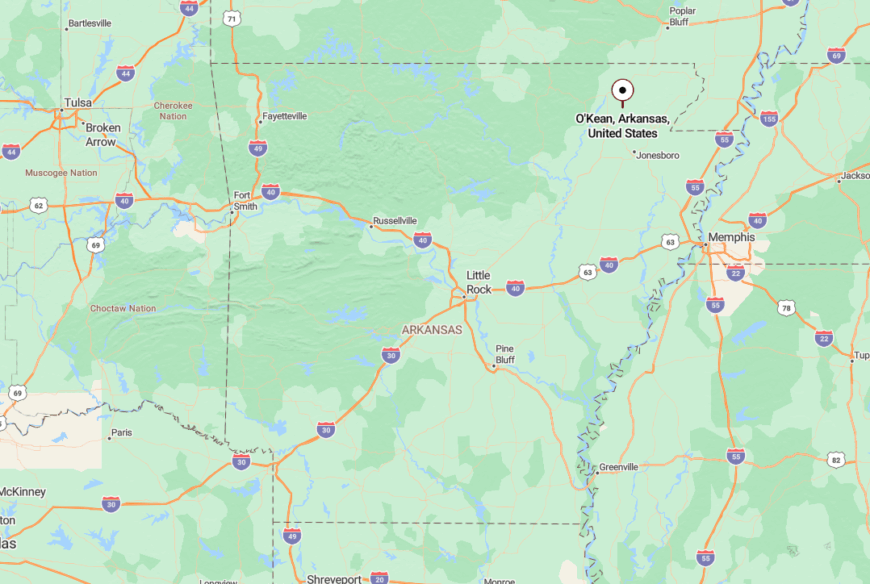
O’Kean is tucked into Randolph County in Northeast Arkansas, about 20 miles southwest of Pocahontas. It lies just east of State Highway 90, surrounded by soybean and cotton fields as far as the eye can see.
Getting there requires a slow drive down rural backroads where traffic is rare and the landscape unfolds gently on all sides—O’Kean feels far removed from the pace of modern life.
24. Delaplaine: Ghostly Quiet in Greene County
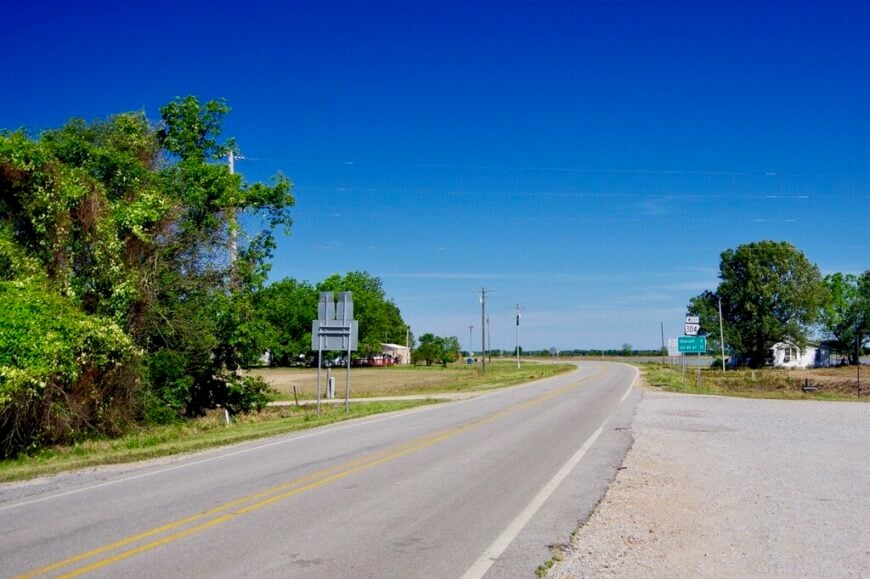
Delaplaine feels like a town on pause, its empty storefronts and sparse population giving it a haunting, peaceful charm. Fewer than 100 people call it home, and silence dominates its sun-drenched streets.
This deep stillness comes from its isolation—surrounded by wetlands and fields with no direct route to a nearby city. It’s a place where the echoes of the past seem louder than the present.
Travelers might fish in nearby Cache River, explore fading churches, or admire the weathered textures of homes left behind. Once a timber hub, today it stands as a quiet relic embraced by the elements.
Where is Delaplaine?
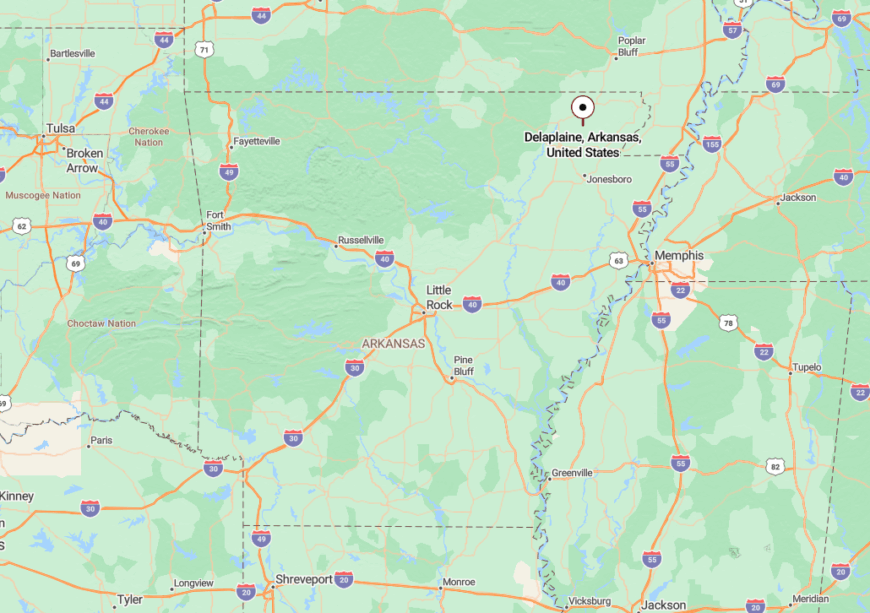
Delaplaine is nestled in western Greene County, around 25 miles west of Paragould. It’s accessible only by winding local roads that pass through wildlife preserves and farmland.
The town’s remote setting between the Cache and Black Rivers makes it feel completely disconnected from the urban grid—a still point in a turning world.
23. Peach Orchard: Fields, Fog, and Forgotten Rails
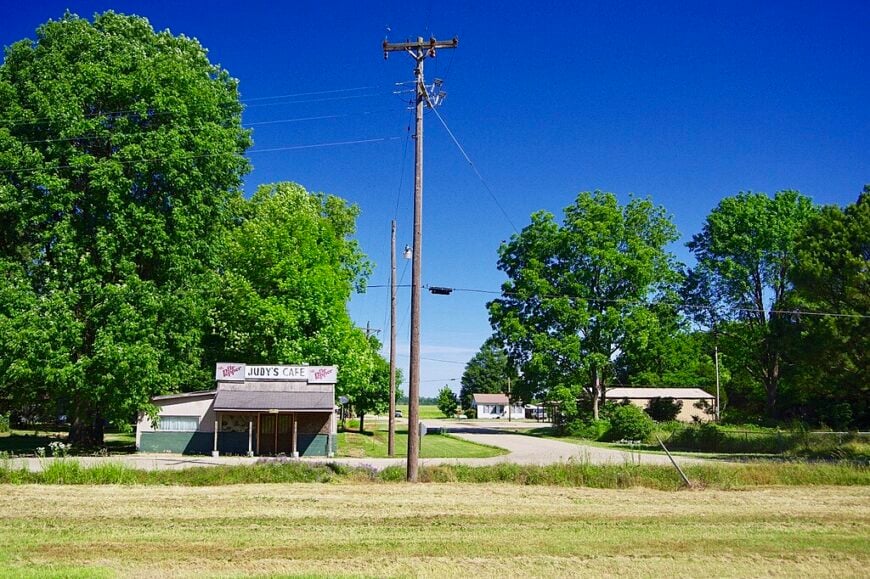
Peach Orchard’s name evokes sweetness, and the town delivers it in the form of quiet fields, gentle fog, and the memory of rail lines that once brought bustle. With barely 100 residents, it feels both cozy and far removed.
Seclusion reigns here due to the lack of businesses, the surrounding farmland, and the fact that it sits off any major route. Even GPS seems to pause a moment when you get close.
Life here means morning walks past fields, catching catfish in local ditches, or visiting the old train depot. Agriculture remains the pulse, though much of the land feels left to the wild now.
Where is Peach Orchard?
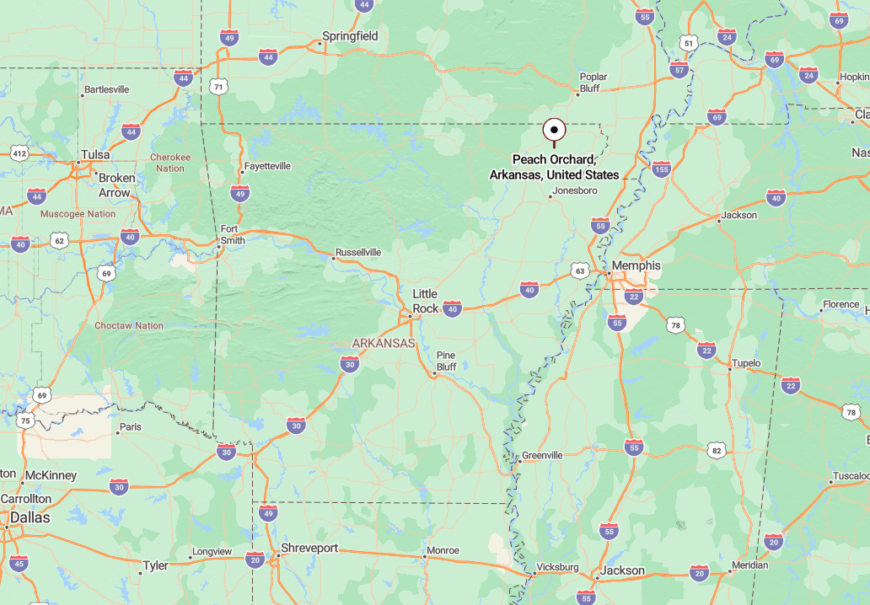
Peach Orchard is tucked in the western part of Clay County, about 12 miles north of Delaplaine and not far from the Black River.
The town is reached via narrow county roads that weave through farmland and patches of forest—it’s the kind of place you don’t stumble upon unless you’re really looking.
22. Minturn: Faded Tracks and Forest Breezes
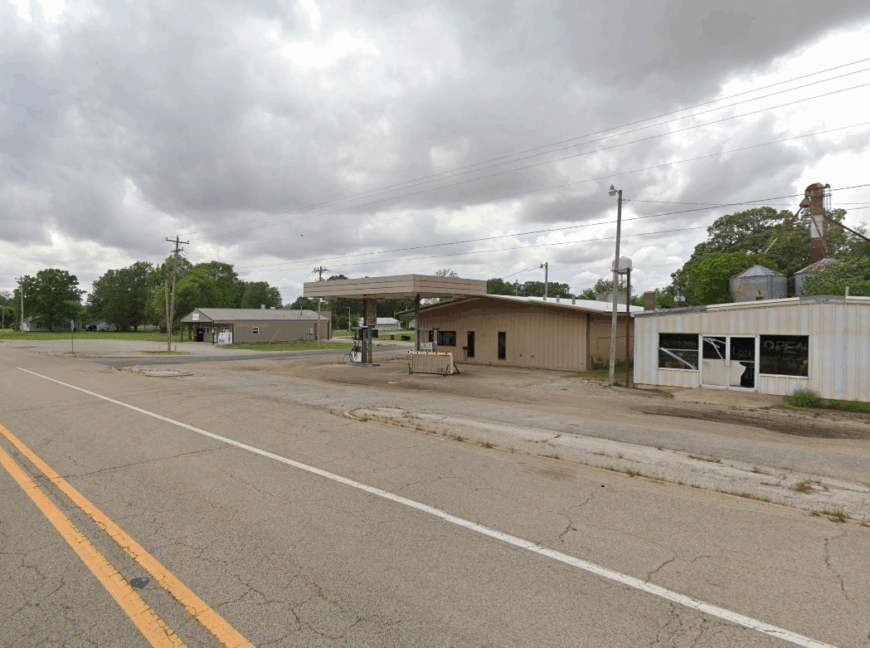
Minturn is a former railroad town that now feels like it belongs to the trees and the wind. With fewer than 100 residents, it’s wrapped in quiet and touched by the past.
Its sense of isolation is shaped by the fact that it’s surrounded by woodland and farmlands, with no thriving town for miles in any direction. The train doesn’t stop here anymore—but the peace lingers.
Enjoy a walk past the old rail lines, explore abandoned buildings, or listen to the wind whisper through pines. Minturn has no industry left—just the forest, the land, and the stillness.
Where is Minturn?
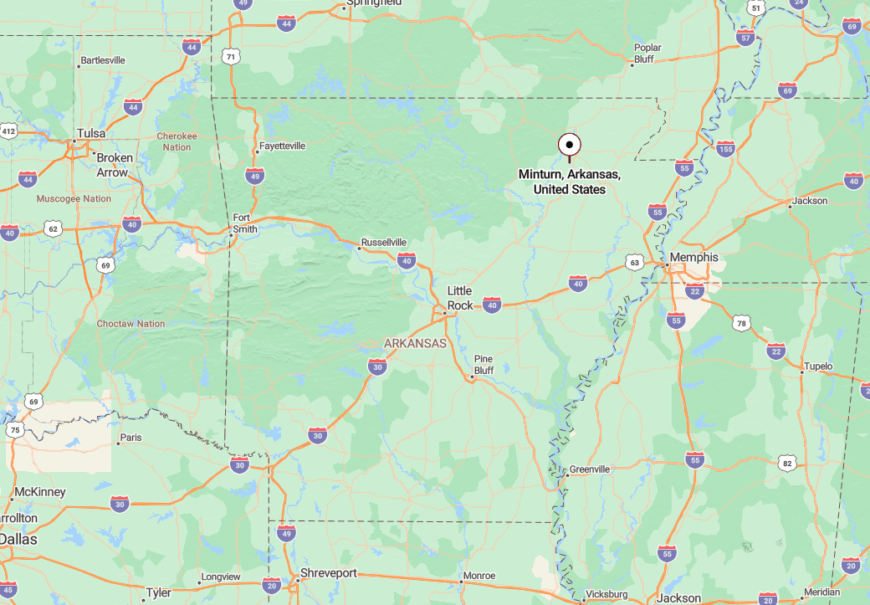
Located in Lawrence County, Minturn lies about 10 miles southwest of Hoxie, nestled near the edge of the Ozark foothills.
To get there, you travel two-lane roads that bend through trees and past creeks, where nature slowly reclaims what man has left behind.
21. Sedgwick: Edge of the Forest, Heart of Stillness
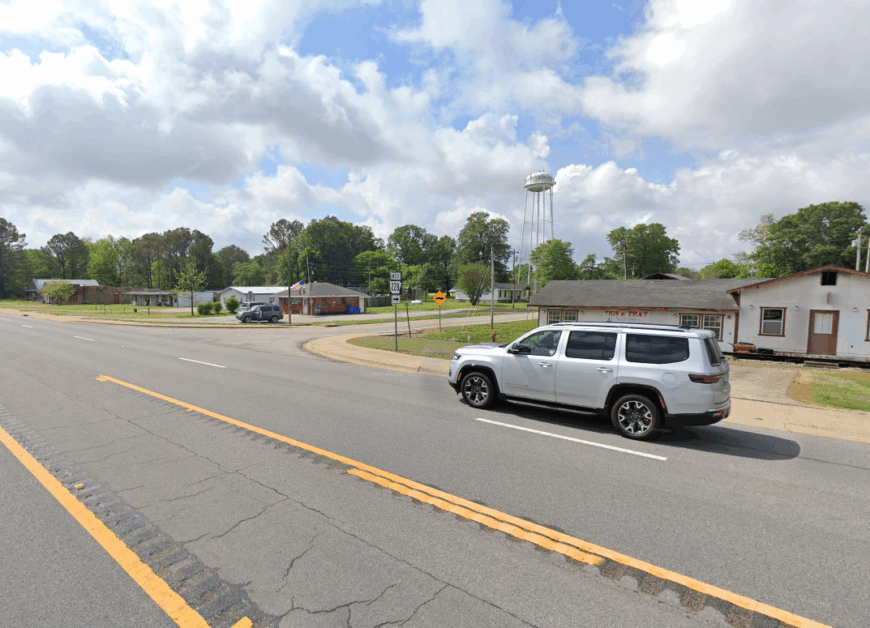
Sedgwick is a speck of a town where the forests thin out into fields and life ambles along in soft tones. Its population hovers under 200, and its soul lies in its hush.
What keeps Sedgwick so tucked away is its position just beyond the reach of city noise—close enough to Jonesboro, yet buffered by countryside and lowland woods.
The town invites you to slow down, maybe visit a local church, or just sit beneath the trees. Agriculture supports the area, though many residents are retirees or commuters who love the calm.
Where is Sedgwick?
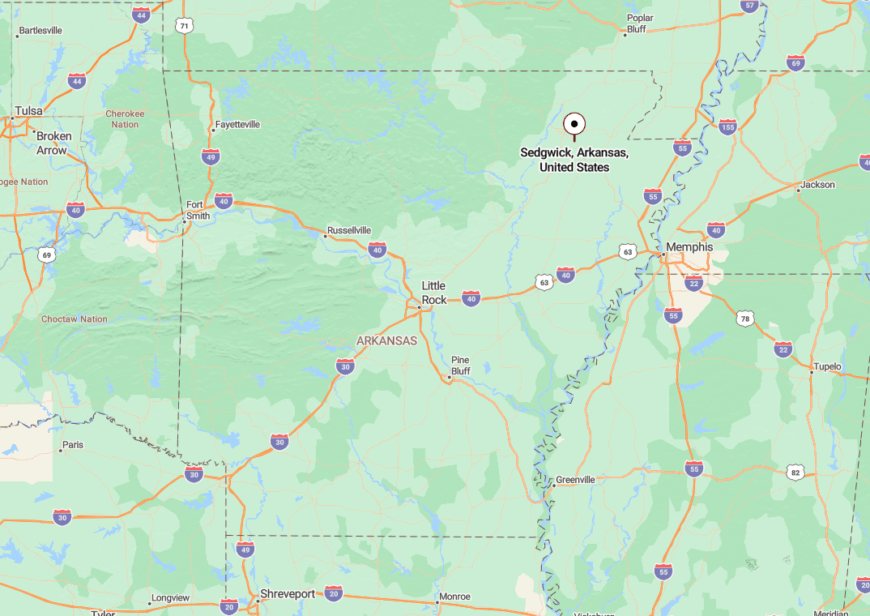
Sedgwick rests in southern Lawrence County, about 15 miles northwest of Jonesboro. It sits just off U.S. Route 63, but feels curiously cloistered thanks to the surrounding rural sprawl.
The roads leading in are quiet, and once you’re there, the world outside seems to fall away beneath big skies and soft wind.
20. Light: A Crossroad of Solitude
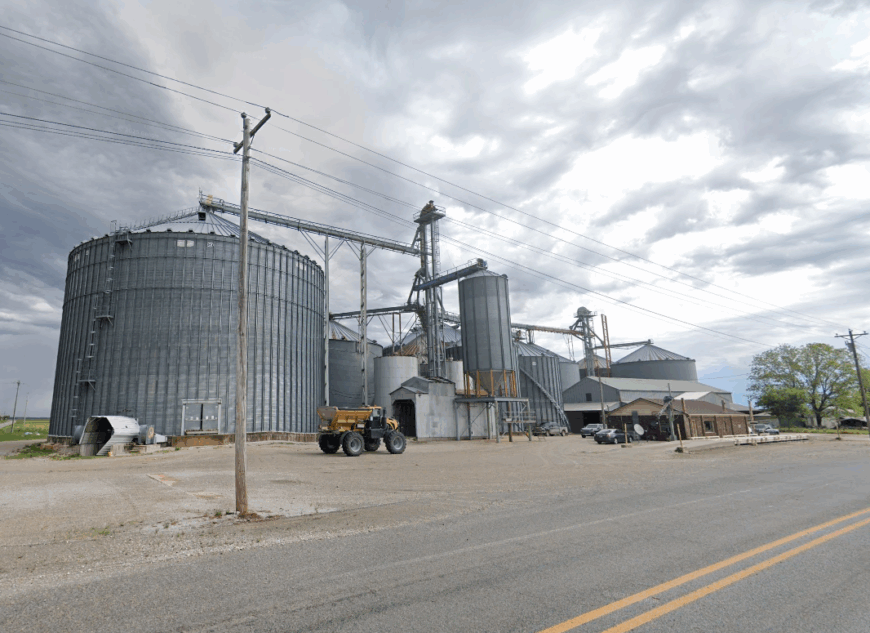
With a name like Light, this tiny town brings a soft glow to the quiet edges of Greene County. Home to just a few dozen folks, it offers an uncluttered view of the sky and a true break from busyness.
The town’s seclusion comes from its location in the middle of open fields and its lack of any urban footprint—there’s little development, and even passing cars are rare.
Explore backroads, visit the remains of old churches, or watch the stars fill the night sky. Light has no official economy to speak of—just space, peace, and time.
Where is Light?
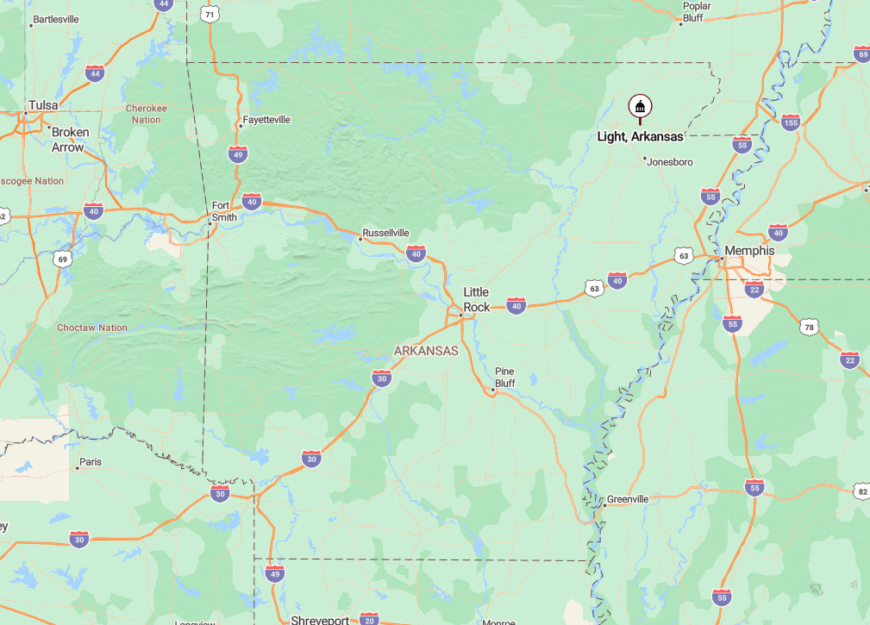
Light is located in western Greene County, about 18 miles northwest of Paragould. It’s set along Arkansas Highway 228, though you’d hardly know it by the traffic.
Travelers come through farm roads flanked by grain silos and cotton fields, where even the wind seems to whisper in a lower register.
19. Warm Springs: Where Time Moves Like Water
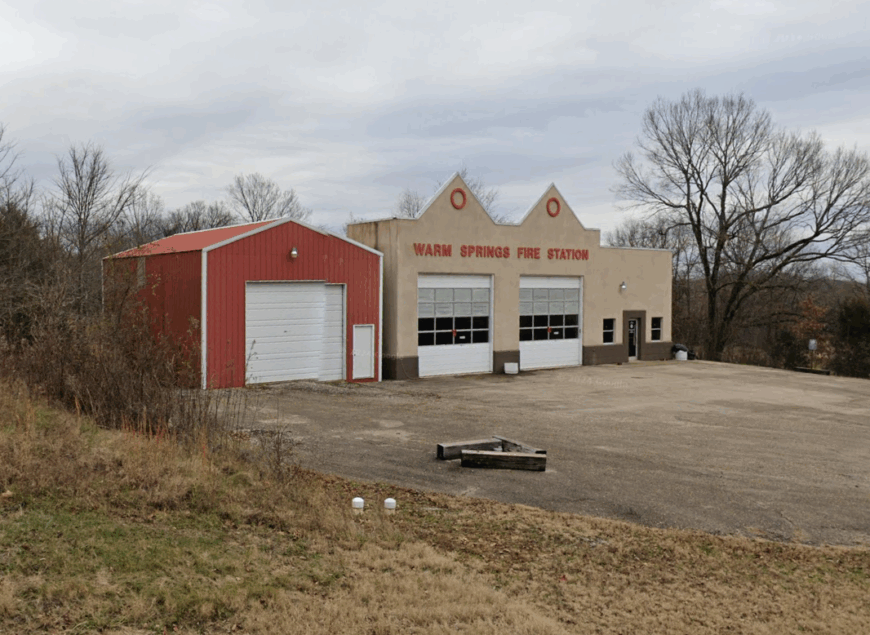
Warm Springs is a sleepy spot near the Missouri border, known mostly to locals and trout fishermen. With barely over 100 people, it’s a place where the woods lean in and life unfolds slowly.
Its isolation is built into the land—dense forests, winding backroads, and a lack of commercial presence keep it wonderfully off-grid. The only signs of life are the post office, a church or two, and the river.
Visit the Eleven Point River for floating, catch fish in the shade, or drive aimlessly through the hills. Residents here either farm or live quietly on wooded homesteads.
Where is Warm Springs?
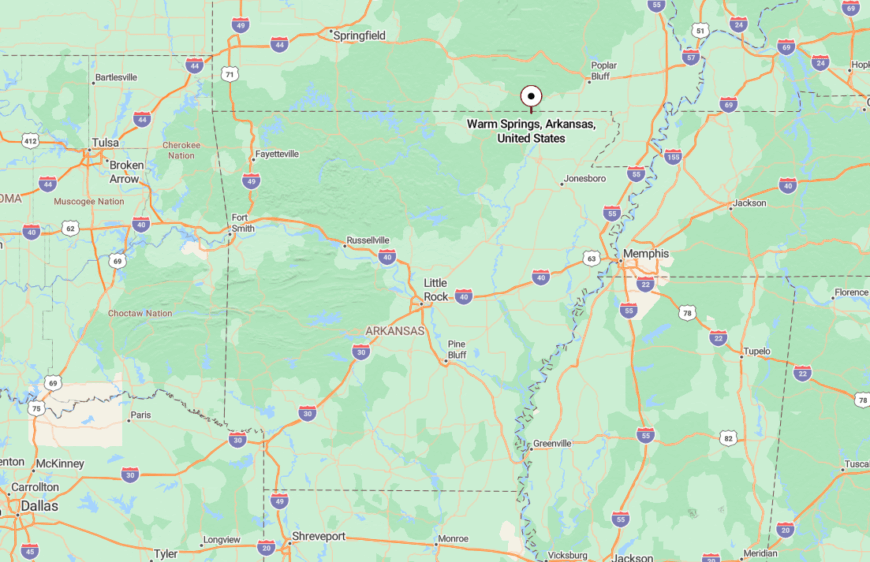
Warm Springs lies in northwestern Randolph County, just a few miles from the Missouri line. It’s northwest of Pocahontas and not far from the Eleven Point River.
You reach it by way of curving roads that dip through wooded valleys—each bend more beautiful and quiet than the last.
18. Elm Store: The Town That Barely Is
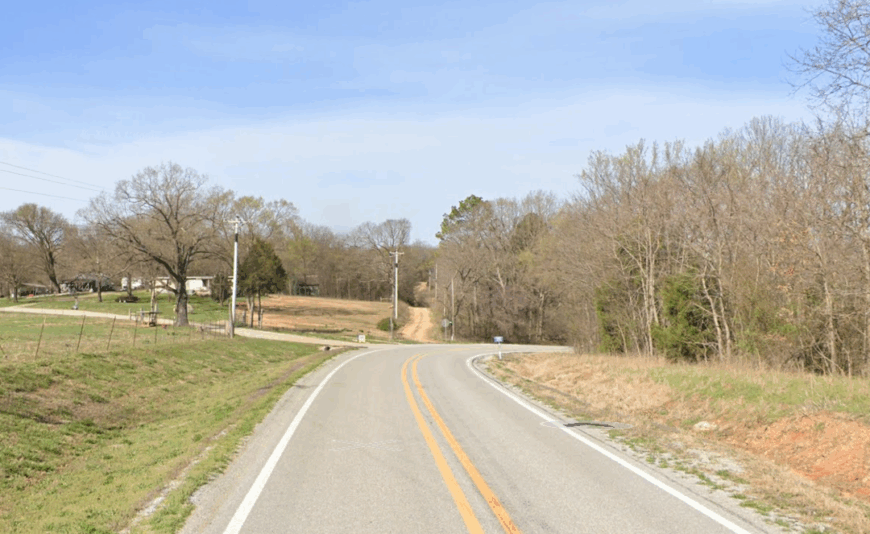
Elm Store is more a name than a town—a scattering of houses and the memory of a general store tucked into the eastern edge of Fulton County. And yet, it lingers in the mind like a dream.
Its deep rural location gives it a ghostlike quality; there are no signs, no gas stations, and no clear boundary. Just a bend in the road and a handful of folks who never left.
Those who pass through might fish in the Spring River, pick wildflowers, or explore old cemeteries nestled beneath the trees. The quiet is nearly complete.
Where is Elm Store?
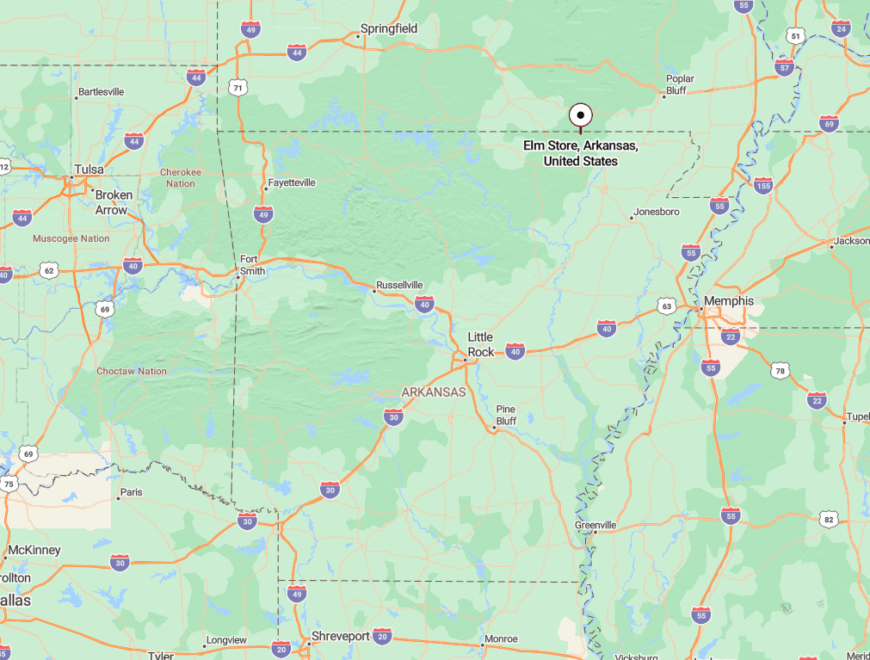
Elm Store is located in eastern Fulton County, southeast of Mammoth Spring and near the Spring River. It’s reachable only by narrow county roads that twist through forests and past hidden creeks.
The farther you drive, the more the world seems to fall away—until Elm Store emerges, hushed and timeless.
17. Stokes: Whispering Pines and Open Fields
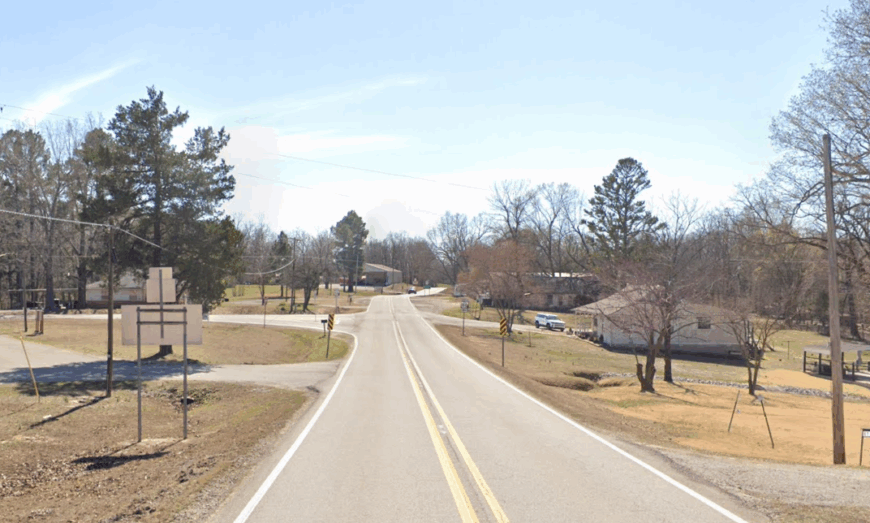
Stokes is an unincorporated community near Ravenden that often escapes even local notice. With a sparse collection of homes and gravel roads, it feels more like a place remembered than a place lived in.
Its hidden nature lies in its obscurity—it has no downtown, no signs, and few if any public buildings. Just woodland, pasture, and a scattering of people who seem to have always been there.
Activities revolve around the land: hunting, walking, gardening, and listening to the crickets come nightfall. The economy here is personal—subsistence and solitude.
Where is Stokes?
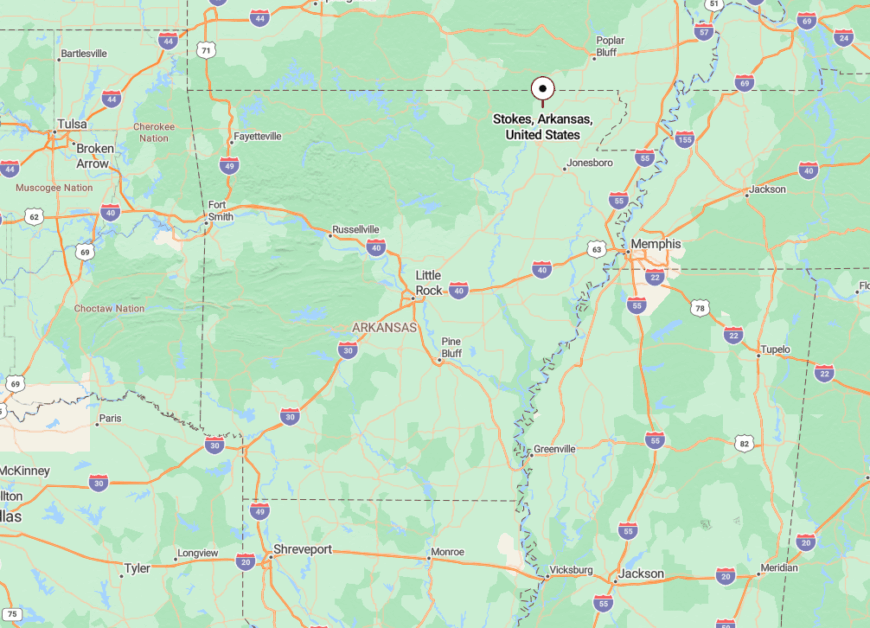
Stokes is found in western Sharp County, nestled in the low foothills just off Arkansas Highway 58. It’s about 7 miles west of Ravenden.
The journey is a slow glide over gravel, through shaded bends and past hand-painted signs, leading into the hush of the trees.
16. Evening Shade: A Name that Says It All
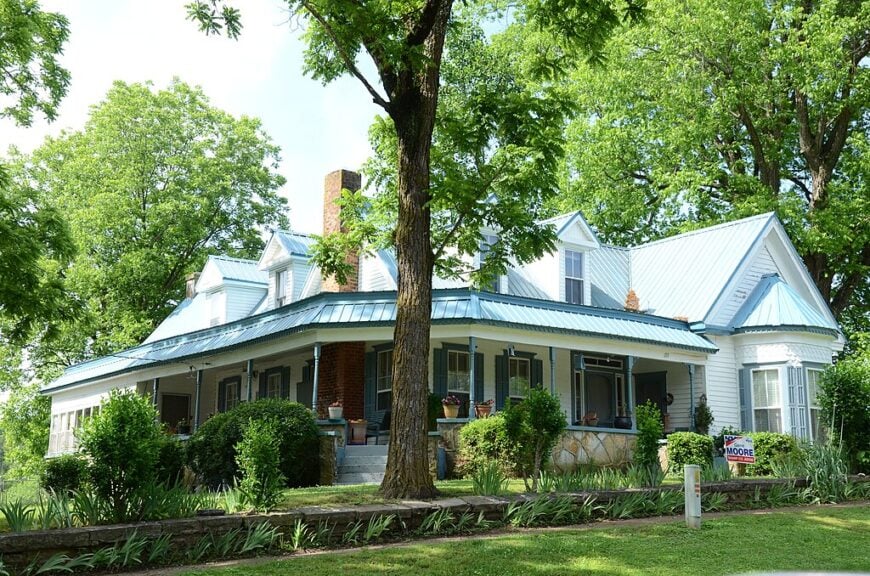
Evening Shade is every bit as poetic as its name suggests—a small, tree-lined town where the days slip by softly and the shadows stretch long. With just under 500 residents, it feels like a page from a storybook set deep in the Ozarks.
Its seclusion is gently imposed by geography: wrapped in hills, bordered by forest, and far from fast-moving highways. There’s a feeling here that nothing is urgent, and everything deserves to be savored.
Visit the historic downtown with its old storefronts, enjoy scenic drives under canopies of oak, or take a picnic by a quiet creek. Life in Evening Shade is quiet, neighborly, and often centered on small-town charm and school pride.
Where is Evening Shade?
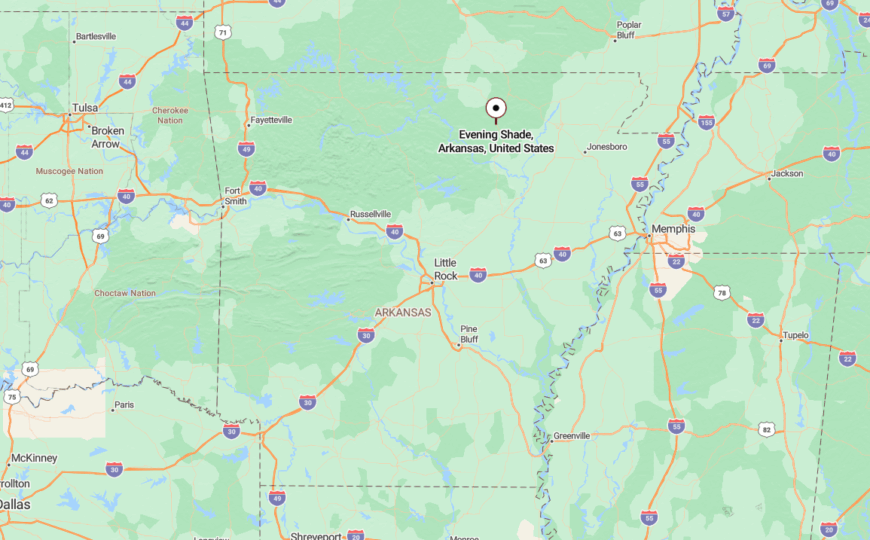
Evening Shade rests in southern Sharp County, nestled in the foothills of the Ozarks about 20 miles south of Hardy. It’s set along Arkansas Highway 167, but still feels tucked beneath the trees.
The road there winds through rising hills and pastures, giving way to a town where nature provides the rhythm and time slows just enough to notice the breeze.
15. Powells Chapel: A Blink and You’ll Miss It Retreat
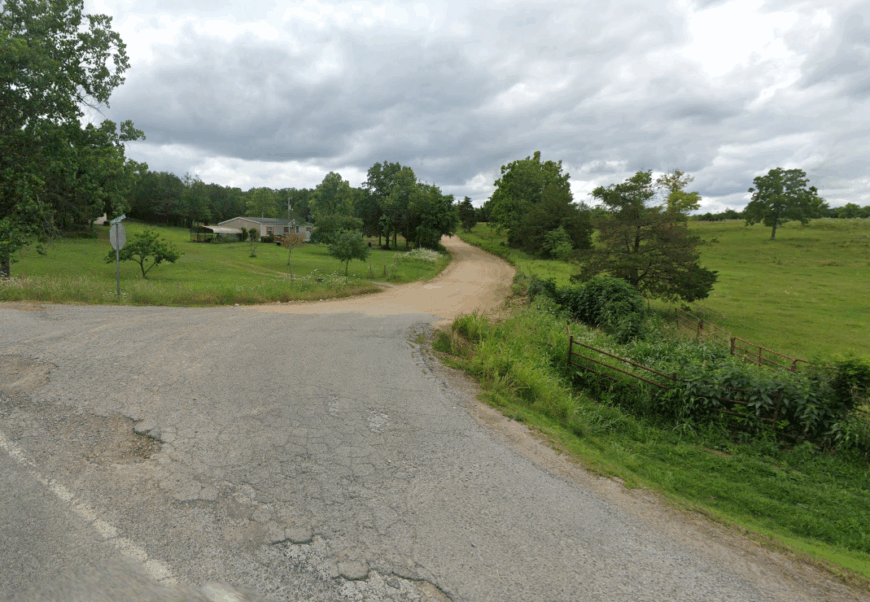
Powells Chapel is little more than a curve in the road near the Mississippi River bottomlands—a quiet place where cotton once ruled and nature now reclaims the rest. It’s not a town in the official sense, but a community known mostly to those nearby.
Its seclusion comes from its nearly invisible footprint. You won’t find a post office or store—just a few homesteads, a church, and fields that shimmer in the summer heat.
There’s nothing to “do” here in the tourist sense, which is exactly the point. You come to Powells Chapel to hear the frogs, watch the stars, and feel what it’s like when the world goes still.
Where is Powells Chapel?
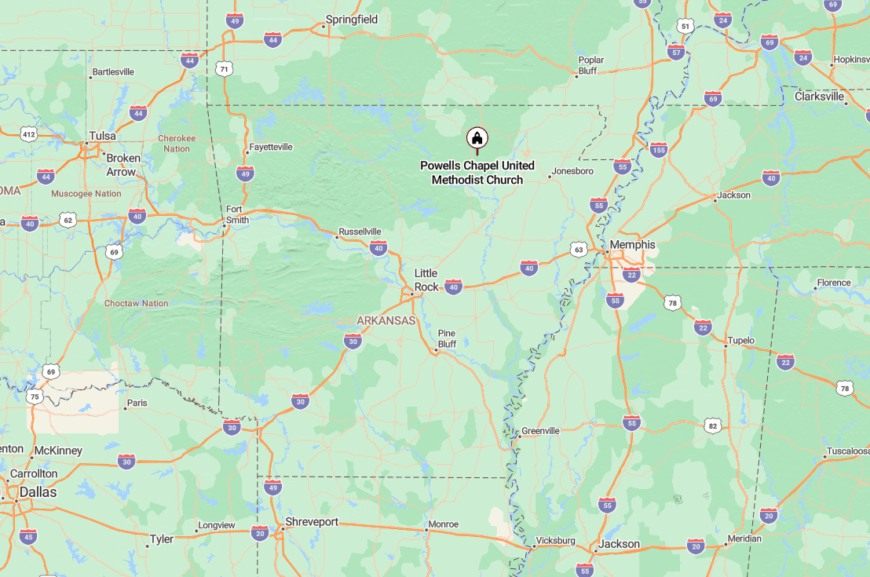
Powells Chapel is located in eastern Randolph County, near the Mississippi Alluvial Plain, about 15 miles southeast of Pocahontas. It sits off gravel county roads that stretch out like veins across the farmland.
Reaching it means driving past rice fields and tree lines, through a landscape so flat and vast, the sky feels like it could swallow you whole.
14. Old Reyno: Forgotten Fork in the Road
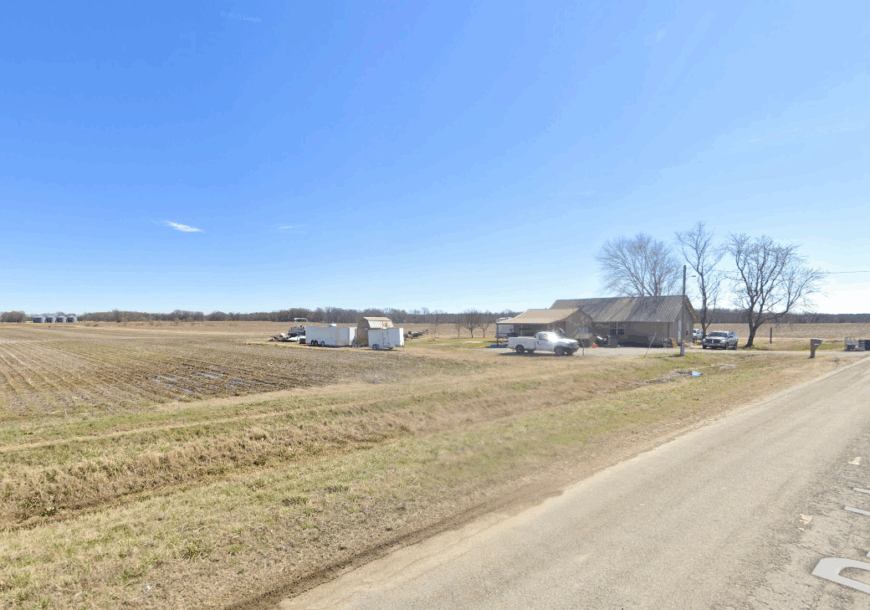
Old Reyno carries the echoes of a once-busier place, now faded into near silence. The newer town of Reyno still has a heartbeat, but Old Reyno—just a few turns away—feels frozen in time.
Its isolation is not just physical but historical; it’s a place left behind by progress, hemmed in by floodplains and farmland. What remains are rusting farm implements, weathered wood, and stories that travel by word of mouth.
Visitors might find a crumbling homestead or wander through tall grasses where homes once stood. The area remains agricultural, but Old Reyno’s spirit is quieter—more memory than movement.
Where is Old Reyno?
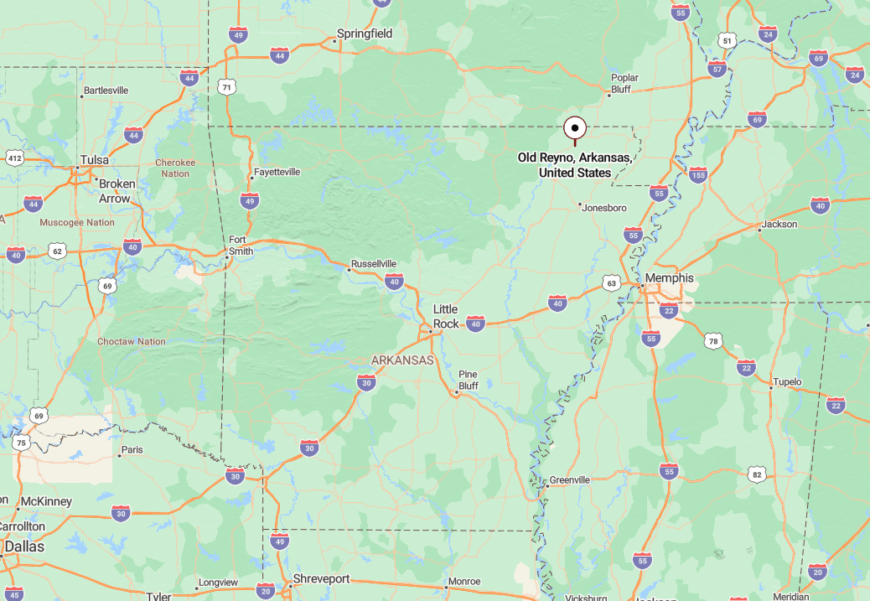
Old Reyno lies in Clay County, not far from the current town of Reyno and just west of the Current River. It’s a few miles south of the Missouri border, accessible only by gravel backroads.
The journey there passes through levees, fields, and patches of bottomland forest—a backdoor into Arkansas’s quieter corners.
13. Sitka: Between the Trees and Time
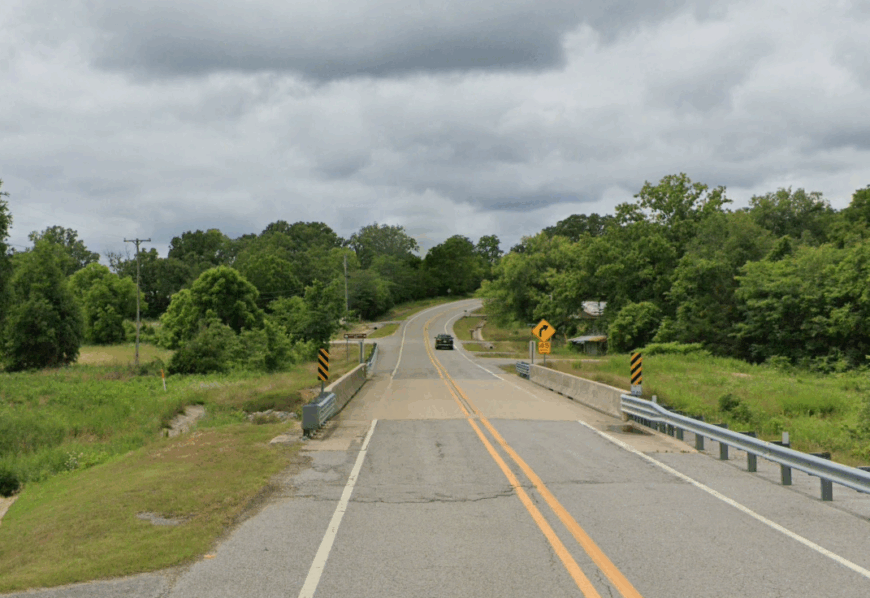
Sitka is a woodland wisp of a town—if you even call it a town at all. With no main street, few homes, and more deer than people, it’s a place where the forest sets the terms.
Its deep seclusion comes from its place in the Ozark foothills, hemmed in by ridges and backroads that don’t seem in a hurry to lead anywhere. Even phone signals hesitate in Sitka.
This is a paradise for those who like to hike, camp, or live deliberately. With no businesses and few permanent residents, Sitka is less a community than a quiet dot on the map for the self-reliant and the seeking.
Where is Sitka?
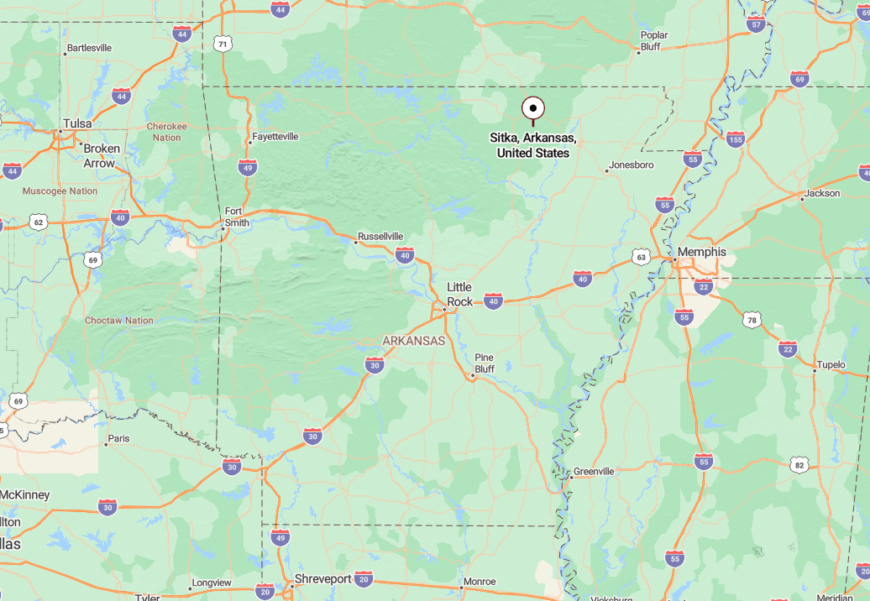
Sitka is located in western Sharp County, just north of Evening Shade and west of Poughkeepsie. It’s reached by forested backroads off Highway 56, near the edge of the Ozark-St. Francis National Forests.
The roads rise and dip through thickets of pine and hardwood, finally opening to clearings where Sitka breathes in solitude and shade.
12. Datto: Where the Train Once Came
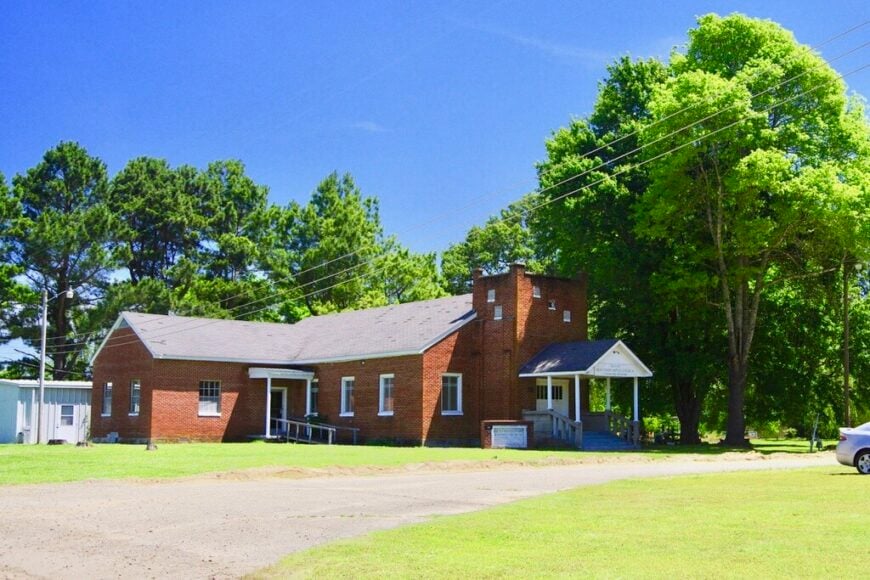
Datto is a nearly forgotten blip in Clay County, named for a railroad line that left long ago. The tracks are gone, but the stillness remains—broken only by the wind in the cottonwood trees.
Its isolation comes not from remoteness but from disuse. It lies on the fringe of farm country, far from commerce, where what once was bustling is now blessedly quiet.
You might pass old silos, walk beneath telephone poles that lean like tired giants, or fish in a nearby drainage creek. For locals, it’s just home. For visitors, it’s a time capsule.
Where is Datto?

Datto is located in northern Clay County, about 10 miles west of Corning near the Missouri border. It’s accessible by winding county roads that branch off Highway 62.
Driving there feels like going back in time—miles of fields, silent crossroads, and the hum of power lines overhead guiding you to what’s left of the past.
11. Black Oak: Drowsy Delta Days
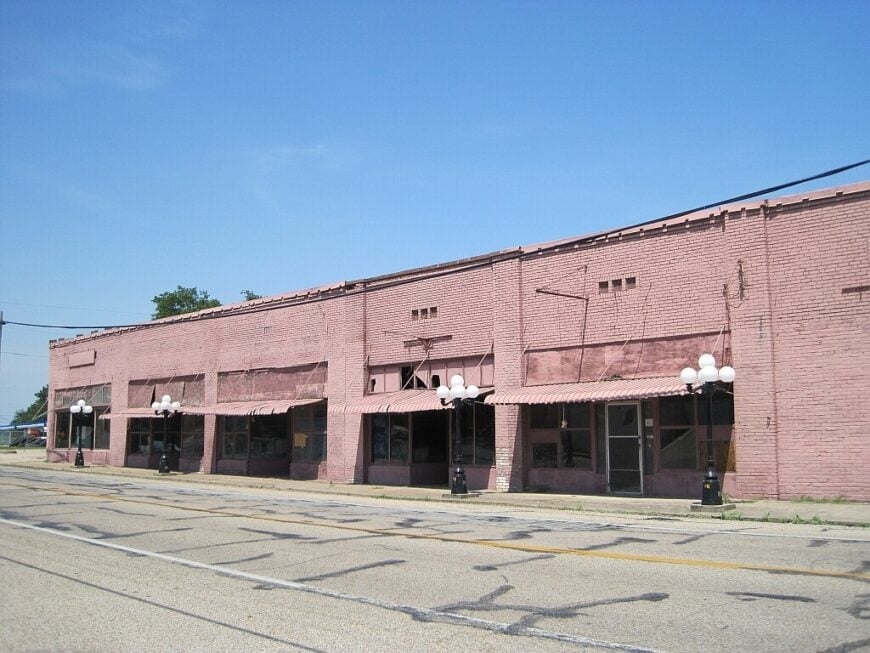
Black Oak sits low and quiet in the Mississippi Delta’s shadow, a small town with under 300 residents and a sleepy rhythm all its own. The air is heavy with history, farmland, and the scent of slow cooking.
Its seclusion lies in the sheer flatness around it—miles of cropland stretch in every direction, broken only by an old tree line or the glint of a tractor. The town feels folded into the land, camouflaged by time.
There’s a historic school building, a few houses, and a sense that not much has changed in decades. Agriculture sustains the community, but quiet is the real currency here.
Where is Black Oak?
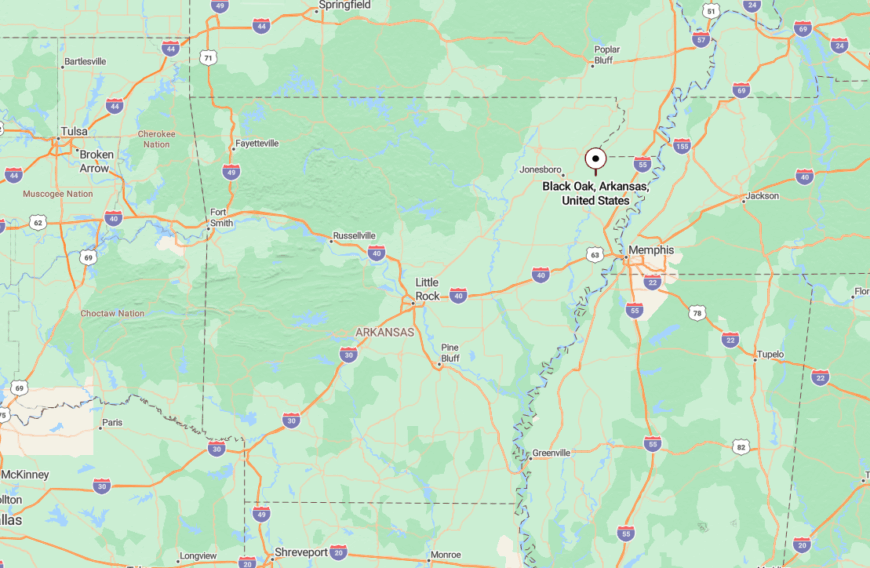
Black Oak is in Craighead County, about 25 miles east of Jonesboro in the heart of Arkansas’s rice country. It lies near the edge of Big Lake National Wildlife Refuge.
You reach it by driving past levees and long rows of soybeans, through land so flat the sunset seems to spill across the entire world. It’s the kind of place where the road ends and rest begins.
10. Poughkeepsie: Rustic Seclusion in Sharp County

Poughkeepsie is an unincorporated community in Sharp County that truly embodies rustic living. With a population of just a few hundred residents, I find its tranquil countryside and open landscapes offer a peaceful retreat from modern life.
The area is perfect for those who enjoy outdoor activities like hiking, fishing, and exploring the serene countryside. Farming and agriculture are predominant here, with large acreages giving you plenty of space to embrace a self-sustained lifestyle.
What makes Poughkeepsie so secluded is its lack of commercial development and the vast stretches of farmland that surround it. It’s a place where you can enjoy the simplicity of rural life, far removed from the noise and congestion of urban centers.
Where is Poughkeepsie?

Nestled in the northeastern part of Arkansas, Poughkeepsie is situated within Sharp County, surrounded by rolling hills and rich farmland.
Its seclusion stems from its remote location, far from major highways and urban areas, which keeps it off the beaten path. The town is accessible via county roads, and getting there often means enjoying a scenic drive through the heart of rural Arkansas.
I appreciate how this isolation contributes to Poughkeepsie’s charm, making it an ideal spot for those seeking to disconnect and immerse themselves in the tranquility of the countryside.
9. Alicia: Off-the-Grid Living in Rural Arkansas

With a population hovering around 100 residents, Alicia is a tiny town that offers a quiet, off-the-grid lifestyle in rural Arkansas. I admire its close-knit community feel, where everyone knows each other, and life moves at a leisurely pace.
The town doesn’t boast many commercial attractions, but its simplicity is its greatest asset. Residents enjoy activities like fishing, gardening, and spending time outdoors in the unspoiled natural surroundings.
Agriculture plays a significant role here, with many locals involved in farming and related industries. Alicia’s seclusion comes from its location away from major thoroughfares, making it a perfect haven for those who desire a peaceful, undisturbed environment.
Where is Alicia?

Situated in Lawrence County in Northeast Arkansas, Alicia lies off the main highways, contributing to its secluded nature. The town is nestled amidst vast farmlands and rural landscapes, away from the noise of cities and heavy traffic.
To get there, you’ll likely travel along scenic county roads that wind through the countryside, offering glimpses of Arkansas’s natural beauty. I find that this remoteness not only ensures a quiet lifestyle but also allows residents to truly connect with the land and enjoy the serenity that comes with rural living.
8. Lynn: Hidden Haven in the Ozarks

Lynn is a small town with a population of around 300 people, offering a hidden haven within the beautiful Ozark region. I love how the town is enveloped by natural beauty, with forests and rolling hills providing a picturesque backdrop.
Outdoor enthusiasts can enjoy hiking, bird watching, and exploring the nearby South Fork Spring River. The main industries here are centered around agriculture and forestry, reflecting the town’s deep connection to the land.
What makes Lynn so secluded is its minimal development and the surrounding natural landscapes that shield it from the bustle of city life.
Where is Lynn?

Located in Lawrence County, Lynn sits within the northeastern part of Arkansas, nestled in the foothills of the Ozark Mountains. Its hidden nature is enhanced by its distance from major highways, making it a quiet retreat away from busy traffic routes.
To reach Lynn, you’ll journey through scenic rural roads that meander through forests and farmland. I find that the town’s location offers a perfect blend of accessibility and seclusion, allowing residents and visitors to experience the tranquility of the Ozarks without feeling completely isolated.
7. Imboden: Quiet Retreat Along Spring River

Imboden is a charming town with a population of approximately 650 residents, nestled along the banks of the Spring River. I enjoy the peaceful atmosphere here, where the river provides ample opportunities for fishing, canoeing, and relaxing by the water.
The town embodies a laid-back lifestyle, with local businesses catering to the needs of the community. Key industries include agriculture and small-scale manufacturing. Imboden’s seclusion is due to its riverside location and the surrounding natural landscapes that keep it distanced from urban centers.
Where is Imboden?

Imboden is situated in Lawrence County in Northeast Arkansas, positioned along U.S. Highway 63 yet retaining its secluded feel.
The town is enveloped by rolling hills and forests, enhancing its tranquil environment. While it’s accessible by a major highway, the surrounding geography provides a buffer from larger towns and cities.
I find that getting to Imboden offers a pleasant drive through scenic areas, making the journey as enjoyable as the destination itself. Its location along the Spring River adds to its charm and sense of seclusion.
6. Black Rock: Solitude by the Riverbanks

Black Rock is a small town with around 600 residents, located along the banks of the Black River.
I appreciate the town’s quiet ambiance and the scenic vistas offered by the river and surrounding landscapes. Outdoor activities abound, including fishing, boating, and enjoying the natural beauty of the area.
While historically a hub for the railroad and timber industries, today it maintains a peaceful, small-town character. Black Rock’s seclusion is enhanced by its riverside setting and the expansive natural areas that provide a serene environment.
Where is Black Rock?

Located in Lawrence County, Black Rock sits in Northeast Arkansas, accessible via U.S. Highway 63. Despite its accessibility, it remains secluded due to the surrounding forests and low population density.
The town’s position along the Black River contributes to its tranquil atmosphere, away from the hustle of larger urban areas. When I visit Black Rock, I find the journey along rural highways enriches the sense of escape, making it a perfect spot for those who value solitude and natural beauty.
5. Maynard: Peaceful Hamlet in Rolling Hills

Maynard is a quaint town of about 400 residents, nestled amidst the rolling hills of Northeast Arkansas. I admire its rural charm and the strong sense of community among locals.
The town offers simple pleasures like local parks, community events, and the Maynard Pioneer Museum, which showcases the area’s history. Agriculture is a mainstay of the local economy, with many residents engaged in farming and livestock raising.
Maynard’s seclusion comes from its location in the countryside, away from main roads and bustling cities, providing a peaceful environment for residents.
Where is Maynard?

Situated in Randolph County, Maynard is found in the northeastern corner of Arkansas, not far from the Missouri border. Its remote setting away from major highways adds to its secluded nature, ensuring a quiet atmosphere.
To reach Maynard, you’ll travel along state highways and rural roads that weave through picturesque landscapes. I find that the town’s location among the rolling hills offers not just seclusion but also beautiful vistas that enhance its appeal as a peaceful hamlet.
4. Williford: Tiny Town Embraced by Nature

Williford is a tiny town with a population of just around 75 people, making it one of the smallest in the region. I feel that this deep seclusion is part of its charm, as the town is surrounded by lush forests and natural landscapes.
Outdoor enthusiasts can enjoy activities like hiking, fishing in nearby streams, and observing wildlife in their natural habitats. The lack of significant industry contributes to its quiet atmosphere, with residents often leading self-sufficient lifestyles.
Williford’s remoteness and the embrace of nature all around it create a tranquil environment far removed from urban hustle and bustle.
Where is Williford?

Located in Sharp County in Northeast Arkansas, Williford sits along U.S. Highway 63, yet maintains a strong sense of isolation due to its small size and surrounding wilderness.
The town’s position amid dense forests and near the Spring River enhances its secluded feel. Getting to Williford involves traveling through scenic areas that highlight the natural beauty of the region.
I find that its location offers both accessibility and the peace that comes with being enveloped by nature, making it a unique destination for those seeking solitude.
3. Biggers: Riverside Serenity Far from the Crowd

Biggers is a small town with a population of about 350 residents, offering a serene lifestyle along the Current River.
I enjoy the picturesque setting, where the river provides opportunities for fishing, kayaking, and enjoying the calming effects of flowing water. The town is quiet, with local businesses serving the needs of the community and a strong emphasis on family and neighborly connections.
Agriculture and small businesses make up the primary industries. Biggers’ seclusion is attributed to its riverside location and the expansive natural areas that keep it distanced from crowded urban centers.
Where is Biggers?

Situated in Randolph County, Biggers lies in Northeast Arkansas, away from major highways and traffic routes. Access to the town is via state highways that meander through rural landscapes.
The town’s location along the Current River contributes to its sense of isolation and tranquility. When I visit Biggers, I find the journey itself offers a peaceful escape, with scenic views enhancing the experience of reaching this riverside haven.
2. Ravenden Springs: Secluded Sanctuary Among the Foothills

Ravenden Springs is a small town with roughly 120 residents, nestled among the foothills of the Ozark Mountains.
I find its peaceful ambiance and natural springs offer a rejuvenating escape for those seeking solitude. The town is rich in history and folklore, with tales of healing waters and hidden treasures.
Outdoor activities include exploring hiking trails, visiting the natural springs, and immersing oneself in the pristine wilderness. The primary industries revolve around agriculture and tourism, albeit on a small scale. Ravenden Springs’ seclusion is enhanced by its remote location and the unspoiled landscapes that surround it.
Where is Ravenden Springs?

Located in Randolph County, Ravenden Springs sits in Northeast Arkansas, away from major traffic corridors.
The town’s hidden nature is due to its positioning within the rugged terrain of the Ozark foothills, making it less accessible than other areas. To get there, you navigate scenic, winding roads that cut through forests and hills, which I find adds to the allure of the journey.
The remoteness of Ravenden Springs provides a sanctuary for those looking to disconnect from the pace of modern life and connect with nature.
1. Powhatan: Historic Hideaway on the Black River

Powhatan is a historic town with a population of less than 100 residents, situated along the Black River.
I am captivated by its rich heritage, showcased in the Powhatan Historic State Park, where restored buildings tell the story of 19th-century life. Activities include touring the historic courthouse, visiting the museum, and enjoying picnics by the river.
The main industry is tourism, centered around the preservation of its historical sites. Powhatan’s seclusion comes from its small size and the preservation of its historical atmosphere, allowing visitors and residents to step back in time away from modern distractions.
Where is Powhatan?

Located in Lawrence County, Powhatan lies in Northeast Arkansas, accessible via state highways yet retaining a sense of isolation due to its focus on history and natural surroundings.
The town is nestled along the Black River, with scenic views enhancing its charm. Getting to Powhatan involves a peaceful drive through rural landscapes, which I find fitting given the town’s historical nature.
Its position away from bustling cities and the emphasis on preserving its past make Powhatan a truly secluded hideaway on the riverbanks.






